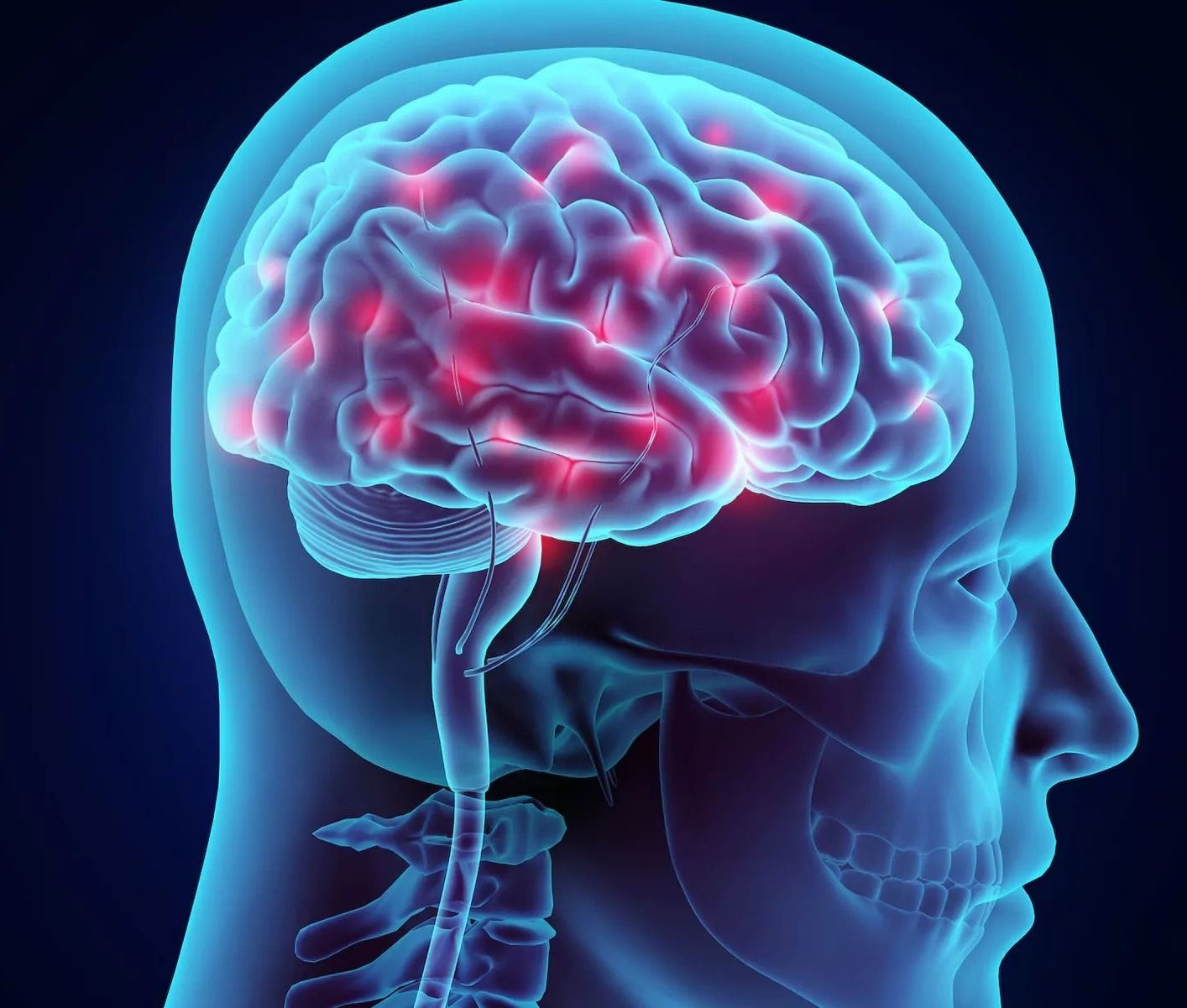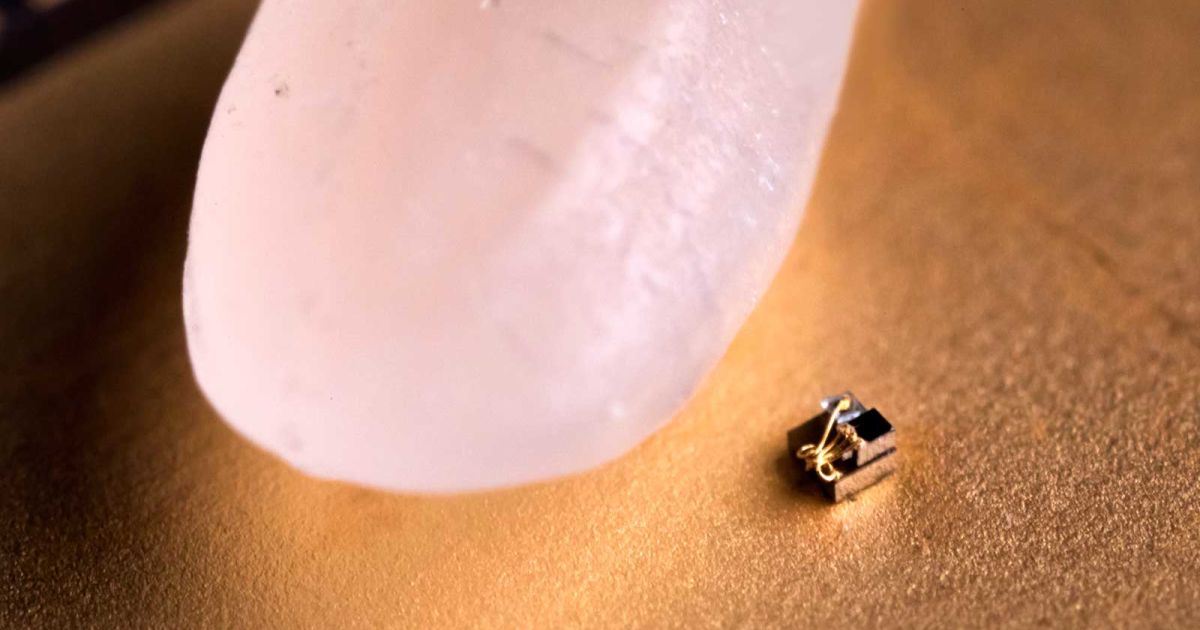You can now explore the ocean while sipping a pina colada on the beach!
Courtesy: PowerVision Europe
You can now explore the ocean while sipping a pina colada on the beach!
Courtesy: PowerVision Europe

I dont see it as a threat. Honestly, some of the US scientific community was getting really cocky, and really lazy, which is never a good combination. The US scientific community wanted to lock Crispr in a closet for 50 years. 30 years ago they could of gotten away with it. With China as it is now, they are forced to do research they would of rather hidden away.
China’s “Thousand Talents” program to tap into its citizens educated or employed in the U.S. is a key part of multi-pronged efforts to transfer, replicate and eventually overtake U.S. military and commercial technology, according to American intelligence officials.
The program, begun in 2008, is far from secret. But its unadvertised goal is “to facilitate the legal and illicit transfer of U.S. technology, intellectual property and know-how” to China, according to an unclassified analysis by the National Intelligence Council, the branch of U.S. intelligence that assesses long-term trends.
More from Bloomberg.com: U.S. Quits UN Human Rights Council, Saying It’s Anti-Israel.


Super-Kamiokande (or “Super-K” as it’s sometimes referred to) is a neutrino detector. Neutrinos are sub-atomic particles which travel through space and pass through solid matter as though it were air.
Studying these particles is helping scientists detect dying stars and learn more about the universe. Business Insider spoke to three scientists about how the giant gold chamber works — and the dangers of conducting experiments inside it.



You didn’t think scientists would let IBM’s “world’s smallest computer” boast go unchallenged, did you? Sure enough, University of Michigan has produced a temperature sensing ‘computer’ measuring 0.04 cubic millimeters, or about a tenth the size of IBM’s former record-setter. It’s so small that one grain of rice seems gigantic in comparison — and it’s so sensitive that its transmission LED could instigate currents in its circuits.
The size limitations forced researchers to get creative to reduce the effect of light. They switched from diodes to switched capacitors, and had to fight the relative increase in electrical noise that comes from running on a device that uses so little power.
The result is a sensor that can measure changes in extremely small regions, like a group of cells in your body. Scientists have suspected that tumors are slightly hotter than healthy tissue, but it’s been difficult to verify this until now. The minuscule device could both check this claim and, if it proves true, gauge the effectiveness of cancer treatments. The team also envisions this helping to diagnose glaucoma from inside the eye, monitor biochemical processes and even study tiny snails.

Engineer and adventurer Richard Jenkins has made oceangoing robots that could revolutionize fishing, drilling, and environmental science. His aim: a thousand of them.

Collection of many amazing and stunning facts which you have never ever heard before!! A better place for Space, NASA, & astronomy facts.